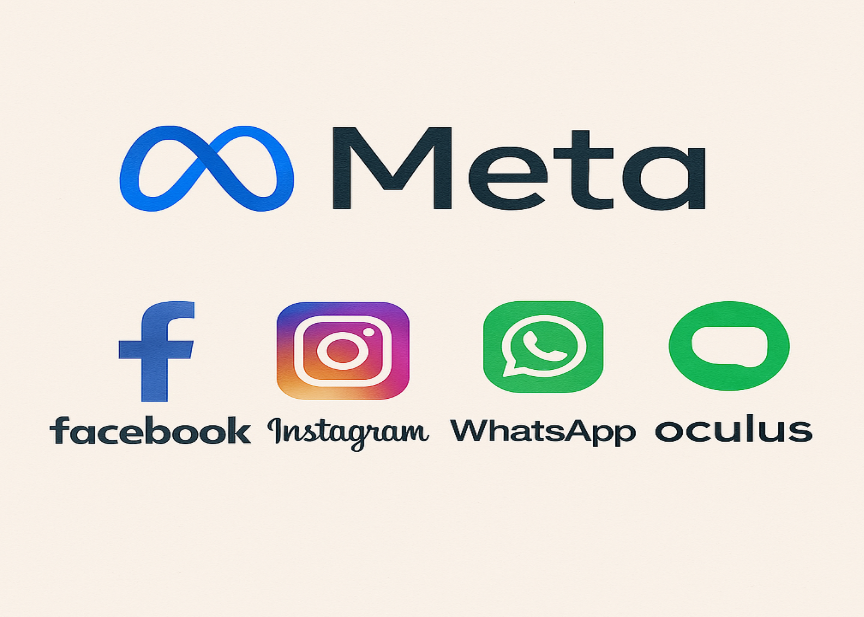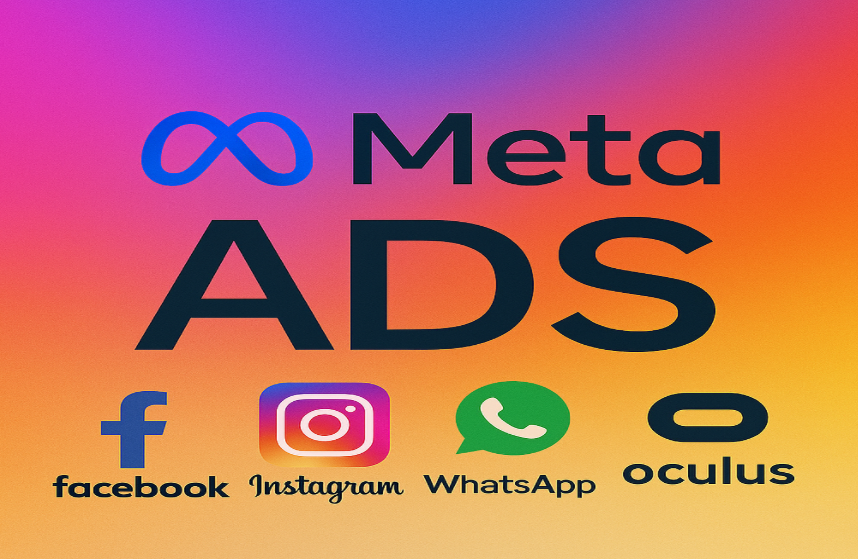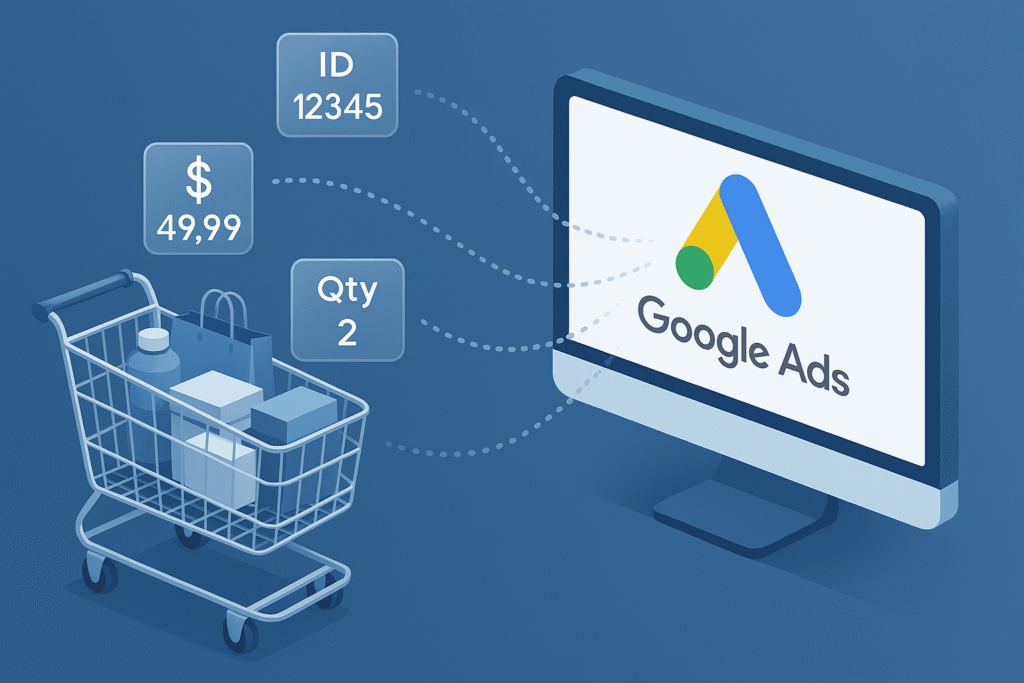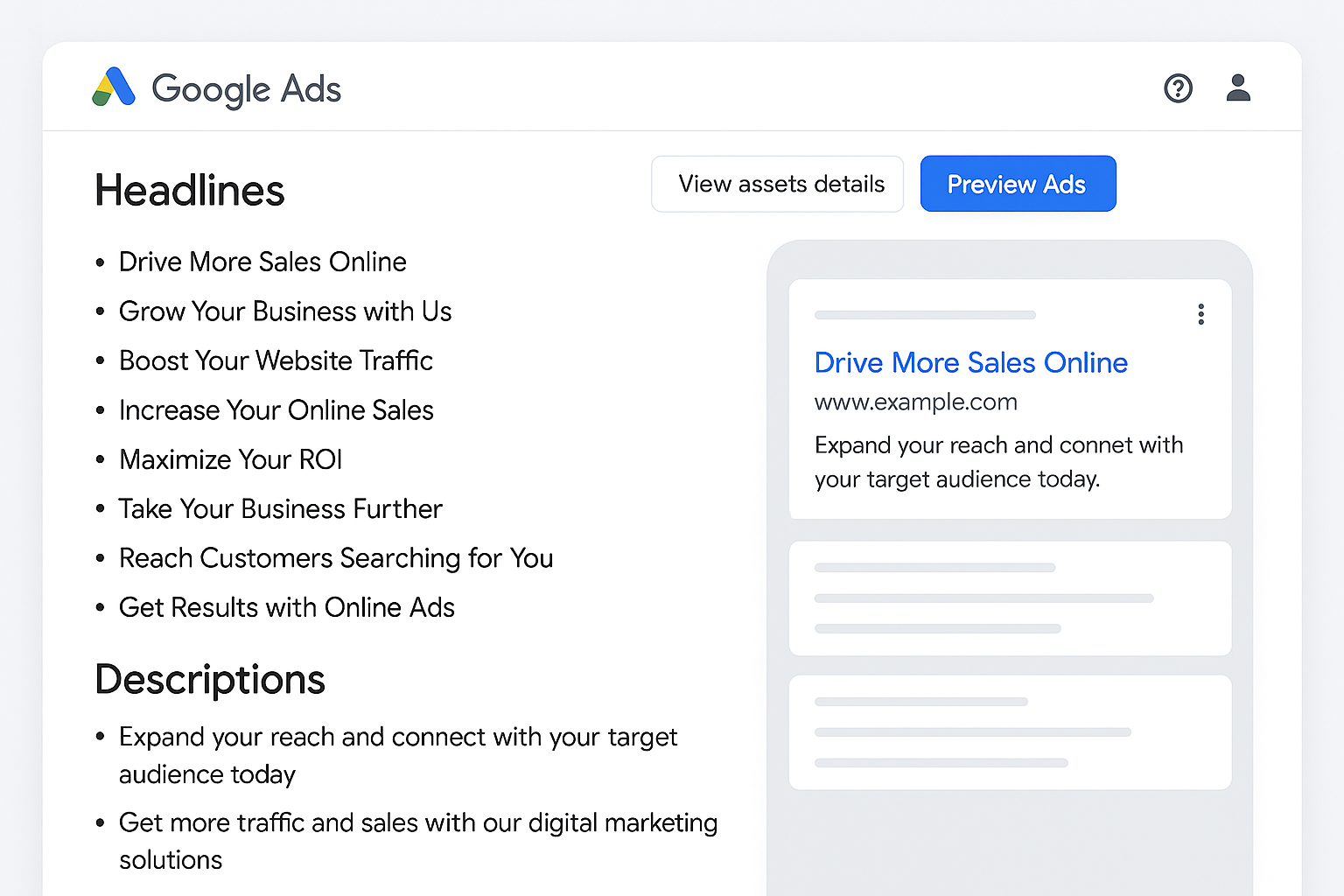When I first read about Meta New Value Rules in Ads Manager, my immediate reaction was: Finally, something that saves time and makes audience targeting smarter without juggling multiple ad sets!
If you’ve been running campaigns across Meta platforms (especially Facebook and Instagram), you know how much of a challenge it can be to allocate budget where it actually performs best. This update feels like Meta’s way of giving advertisers a more hands-on yet streamlined control over their bids.
So, what’s the big deal? Meta is now allowing advertisers to adjust bids for specific audiences and placements directly within Ads Manager, all from one campaign setup. Instead of manually creating multiple ad sets to target different audience segments, you can set rules that automatically optimize bids based on factors like Age, Gender, Operating System (OS), Location, or Placement including Instagram feed.
How Meta New Value Rules in Ads Manager Work (And Why I Like Them)
Here’s where things get interesting. You’ll find the Meta New Value Rules in Ads Manager option under the “Advertising settings” tab of your Meta Ads account (if it’s available to you). These rules essentially tell Meta: “Hey, these types of users are more valuable to me, so prioritize them.”
For example, if you know that women aged 25–35 in urban locations convert better for your e-commerce brand, you can set a rule to increase your bid for this group while keeping a lower bid for everyone else. Similarly, if Instagram feed outperforms Audience Network or Messenger placements, you can assign higher value to that placement. Timing matters more than ever. Don’t miss this updated guide on the best time to post on TikTok in 2025.
The beauty of this is that it works seamlessly with your campaigns, particularly Sales or App Promotion campaigns, without needing multiple ad sets that often compete with each other. Instead, Meta uses your value rules to focus the budget where conversions are most likely to happen.
Of course, there’s a trade-off: when you prioritize specific audiences, your cost per result might rise slightly because you’re bidding more aggressively for those premium segments. But in my experience, paying a bit more per conversion is worth it if it means reaching the exact audience you care about most.
Features and What You Can (and Can’t) Do
Meta’s update isn’t limitless, but it’s pretty flexible. Here’s what I’ve learned while testing it:
- You can create up to 10 value rules. Each rule can have a maximum of two criteria, which allows for combinations like “Women + Instagram Feed” or “iOS Users + Location: NYC.”
- When multiple rules apply, Meta only uses the first matching rule from your list. So, order your rules strategically.
- Ads Manager now includes a new breakdown option that shows how your value rules are impacting performance at the ad or ad set level. This is a lifesaver if you want to see which rules are actually driving better outcomes.
- Value rules work across all campaign objectives, not just sales. Whether your goal is app installs, lead generation, or website conversions, this feature can sharpen your targeting.
One limitation is that the system doesn’t stack rules. For example, if you create two overlapping rules for the same audience, only the first one will count. That said, having 10 customizable rules is still a major leap forward compared to the old way of doing things. TikTok isn’t the only platform embracing short-form content—see how LinkedIn is turning into TikTok for professionals.
Why Advertisers Should Care
If you’ve been spending hours splitting your budget between countless ad sets for different demographics or placements, this feature could save you a ton of time and frustration. Value rules essentially let you tell Meta, “Here’s who matters most to me—spend my money there.”
For smaller businesses or solo advertisers, this means you can manage campaigns with fewer ad sets while still optimizing for your best audience. For larger advertisers, this feature provides more nuanced control and better conversion efficiency, since you can push harder on high-performing segments without blowing your entire budget.
My Personal Take
I recently tested Meta New Value Rules in Ads Manager for a local business campaign, setting a higher value for users aged 25–40 in my client’s primary city who browse Instagram on iOS devices (which historically convert better for them). The results? We saw a 17% increase in conversions within the first week while keeping the overall ad structure simpler and easier to monitor.

The learning curve is minimal if you’re already familiar with Ads Manager. It’s really just about knowing which audiences deliver the highest ROI and applying the right bid adjustment.
Final Thoughts
Meta’s Value Rules aren’t just another feature, they’re a smarter way to put your budget where it matters most. While costs might rise slightly due to more aggressive bidding, the return on ad spend (ROAS) can improve because you’re targeting the audiences that actually convert.
If you’re an advertiser, I’d recommend experimenting with one or two rules first rather than all 10, just to see how the adjustments impact your results. Keep an eye on the breakdown reports, they’ll tell you exactly which rules are paying off.
In my opinion, this is one of Meta’s most practical updates in 2025. It gives advertisers both flexibility and precision, something that’s been missing in Ads Manager for a long time. If you’re serious about growth, it’s time to monetize. Here are the smartest ways to make money on TikTok in 2025.





